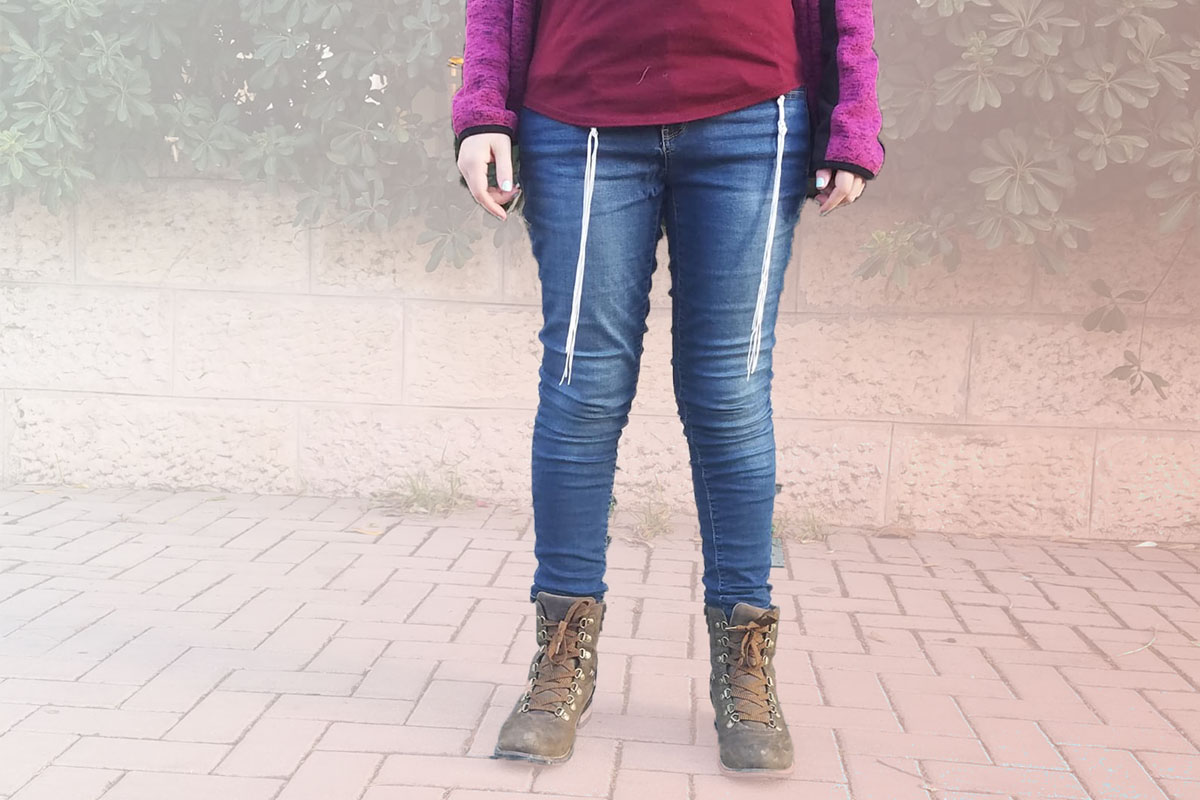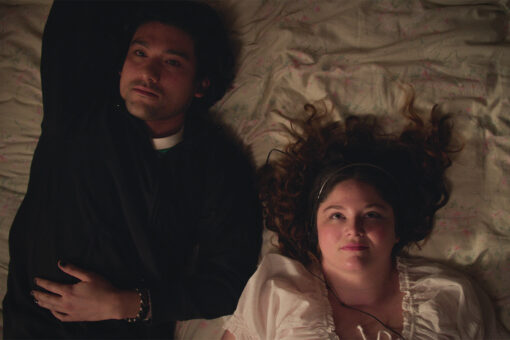Back when I lived in America, I loved wearing my Star of David necklace. Being visibly Jewish felt empowering — there are a lot of people out there who hate us, but there I was, looking Jewish as hell anyways.
But when I moved to Jerusalem a few months ago, I stopped wearing it. The Star of David is everywhere here: flying on flags, knitted into yarmulkes, and incorporated into architecture. It morphed from a symbol of defiance and strength into something mundane.
What one chooses to put on their body means a lot in Israel. Someone who wears a knitted yarmulke is assumed to have different politics and religious practices than someone wearing a velvet kippah. The amount of hair concealed and the head covering of choice, whether it’s a wig, headband, or scarf, hints at which community a married woman belongs to. When Israelis meet me, often donning a flannel and skinny jeans, I’m pegged as secular.
The binary of secular vs. religious is strong in Israel. Although there are Reform and Conservative communities, most synagogue-going Jews are Orthodox.
I am neither secular or Orthodox. I spend 11 hours each day praying and studying at a pluralistic yeshiva. I keep kosher and observe Shabbat. As a Conservative Jew, I also believe women should have equal access to the mitzvot (commandments).
I wasn’t particularly concerned with what random people on the street thought when they saw me, but I did feel frustrated that my identity as an observant feminist Jew only came out in conversation. My male classmates at yeshiva freely wore yarmulkes and tzitzit (fringes on a prayer shawl). I felt envious that they could express their commitment to Jewish law and life in such a visible way, but I knew dusting off my Star of David necklace wouldn’t get the job done in Israel.
I don’t wear a yarmulke when I pray, so I didn’t feel compelled to wear one every day. But I did feel drawn to tzitzit. In the Torah, God commands the Israelites to attach fringes to any four-cornered garment so they would have a physical reminder to obey the commandments. Tzitzit are traditionally worn by men, although some women have taken on the practice. At the time, I was struggling with my observant lifestyle. I felt like I was clocking in enough Jewish hours in the classroom and didn’t need to dedicate my free time and weekends to doing more Jewish things. At the same time, I believed Jewish law was binding and provided valuable guidance and structure to my everyday life, and I thought the fringes hanging down at my sides could remind me of that.
I decided to give it a try.
The undershirts with tzitzit I could buy in a store are designed for men and would fit poorly, so I cut up an H&M tank top and knotted my own tzitzit to the corners.
It’s been two months since I started wearing tzitzit. People stare at me and do double takes every day. Teenage boys on the street and some creep in a car have tried to take photos of me. Old men on buses and in bakeries have interrogated me about why I, as a woman, think I can do a mitzvah that is “only for men.” To be fair, I’ve also had lovely conversations with friendlier Israelis about my undergarment choices.
But again, I wasn’t doing this for other people. When I look down and see those white fringes resting against my American Eagle jeans, I’m forced to take a moment to think about the two worlds I am straddling — secular and religious — and the choices I make to maintain each of those lifestyles.
On cold mornings when I don’t want to get up for prayers or those boring Shabbat afternoons when I can feel my phone begging to be checked, my tzitzit remind me of the laws and customs that have preserved Jewish culture and religion for 3,000 years, and that every choice I make as a traditional-egalitarian Jew can play a tiny role in keeping that tradition alive.



